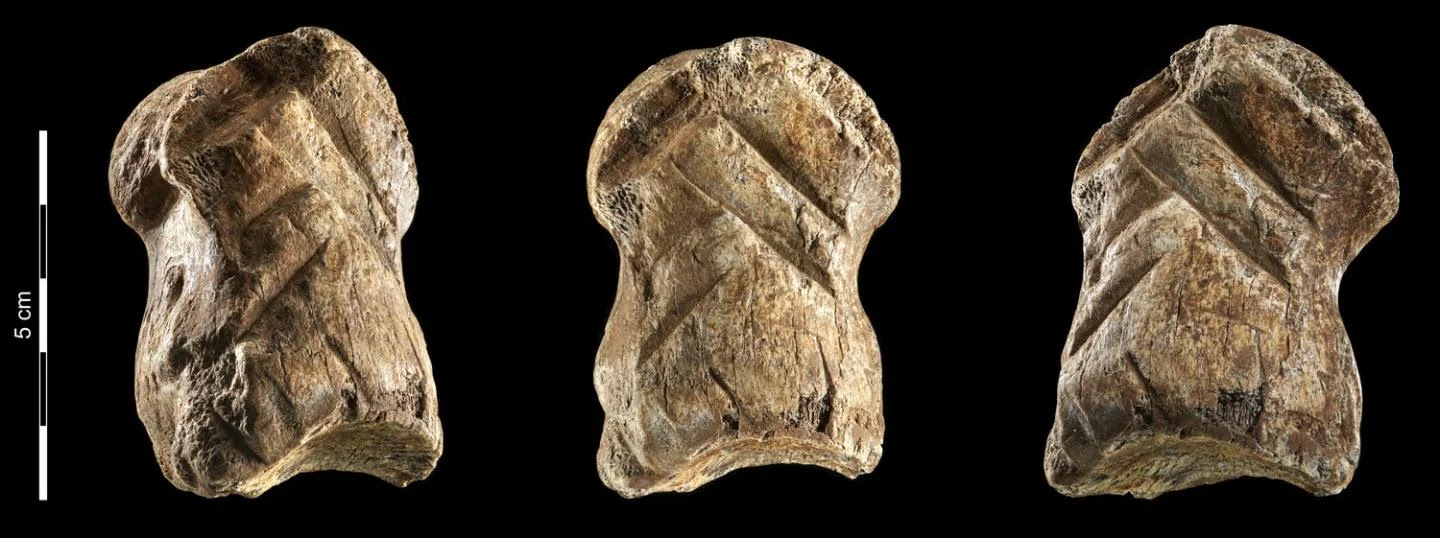Researchers have discovered a 51,000-year-old deer bone carved with lines by Neanderthals in the Einhornhöhle (“Unicorn Cave”) in Germany, according to a study published in Nature Ecology & Evolution on Monday.
One of the oldest works of art ever found, the bone shows evidence that Neanderthals were capable of expressing symbolism through art, an ability once attributed only to the human species, or Homo sapiens.
“The engraved bone demonstrates that conceptual imagination, as a prerequisite to compose individual lines into a coherent design, was present in Neanderthals,” the study reads.
“Therefore, Neanderthal’s awareness of symbolic meaning is very likely. Our findings show that Neanderthals were capable of creating symbolic expressions before H. sapiens arrived in Central Europe.”
“We quickly realized that these were not marks made from butchering the animal but were clearly decorative,” Dirk Leder, researcher with the Lower Saxony State Office for Heritage, said in a release.
Researchers said the bone likely had to be boiled first to carve the pattern with stone tools, and the work would have taken more than one hour. Using radiocarbon dating technology, scientists determined the bone was more than 51,000 years old and came from a giant deer.
The age of the bone is much older than comparable works of art attributed to Neanderthals that date back to about 40,000 years ago, when modern humans arrived in Europe.
Sources:
- https://www.nature.com/articles/s417-z?utm_medium=affiliate&utm_source=commission_junction&utm_campaign=3_nsn6445_deeplink_PID100093539&utm_content=deeplink#Abs1


